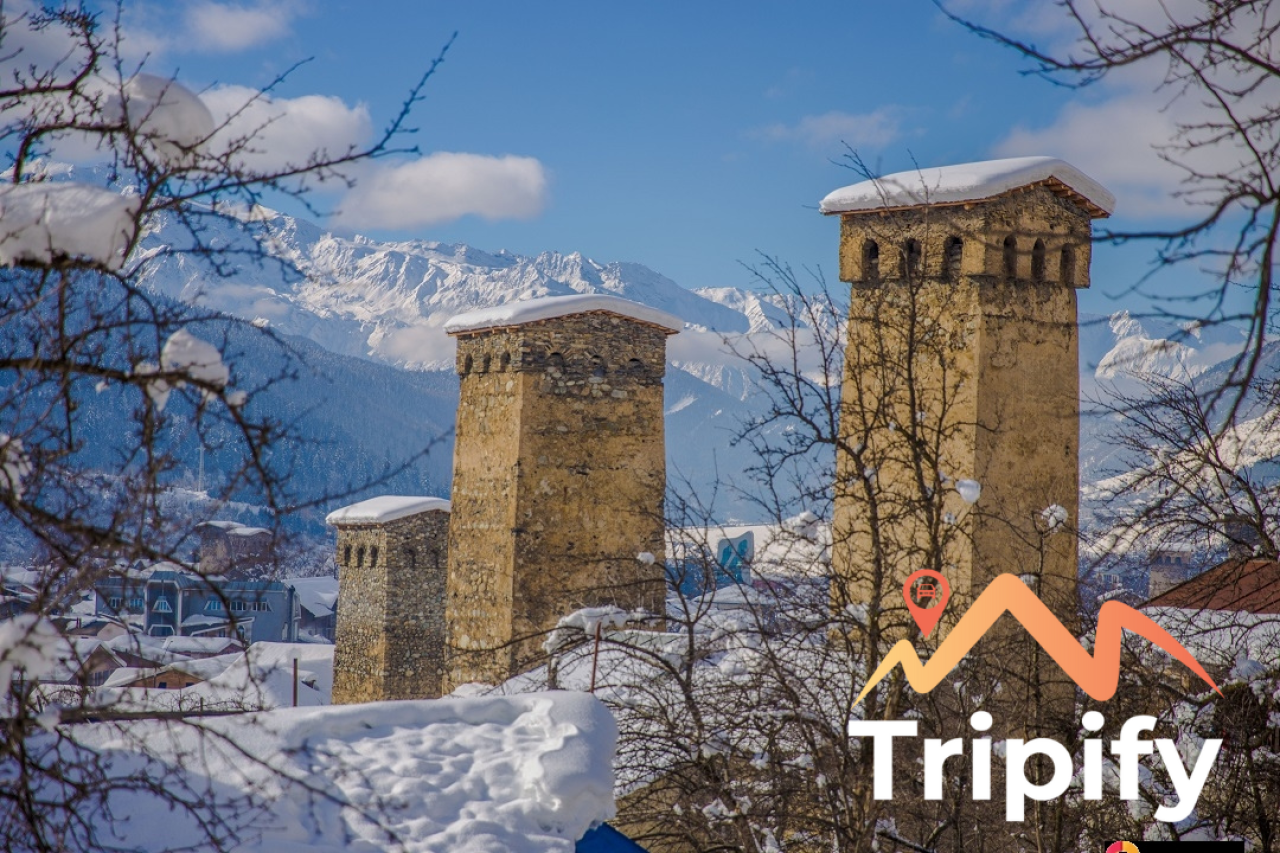Svaneti - the most beautiful area in Georgia

Svaneti is the highest mountainous historical-geographic region of Georgia and it is located in the northern part of Western Georgia. Svaneti is characterized by strongly expressed individualism. Peaks, carafes, and castle towers, which have become a symbol of freedom and strong spirit, have long attracted the attention of travelers, vacationers, and lovers of mountain sports. This area with an ancient culture is very interesting with numerous cultural monuments, characteristic fresco patterns, customs, and diverse, impressive nature. Svaneti is also called the homeland of towers and mountains. Svaneti mountains are eye-catching. Here you will see many mountains like Ushba, Lahil, Banguriani, Mkheri Mta, Lakithanal, and others. To see these beautiful mountains, you must visit this unique part of Georgia.
Cultural heritage of Svaneti
Svaneti is a region with an ancient and interesting culture. Here, as in the mountainous regions of Georgia in general, pagan and Christian rituals and customs merge and take on a new, independent form. Centuries-old public holidays have been preserved in Svaneti to this day. Svan folklore with dance, highly artistic poetry, and song, is noteworthy. The Svan Lile is known, is dedicated to the sun deity. In Svaneti, there are many myths about goddesses, dragons, and magical creatures, you will hear unbelievable hunting stories. An integral accessory of the Svan outfit is the Svan hat, which is made of felt. The twisted thread stretched over it creates the image of a cross on the upper part. Svan cuisine is special and delicious. In ancient times, the Svan table was considered a symbol of closeness and respect. Reconciliation of vows took place at the table, and rural and secular affairs were settled. Outstanding dishes are kubdar and chvishdar. They drink vodka - rakhis. Svan salt is known as a spice. Gold has been mined in Svaneti since ancient times. Golden-horned bulls and golden-haired goddesses are also often found in legends.
History of Svaneti
The earliest reference to the Swans is found in the Greek and Roman historians Strabo (old AD 64/63 AD, AD 23/24 AD) and Pliny (AD 23/24 AD). The Svans were originally settled in a larger area, they used to hold a significant part of Lechkhum and Racha. The Svans also lived in a certain area of today's Samegrelo. In earlier centuries, Svaneti was a constituent part of the Kingdom of Kolkheti, and then the Kingdom of Egris. According to the old calendar, in the first half of the 3rd century, during the reign of King Farnavaz, Svaneti was part of the Kingdom of Kartli. In the 4th century, Svaneti became an ally of the kingdom of Lazeti and often participated in campaigns to protect the borders of the kingdom. Svaneti was periodically independent, and had its own main and tribal councils. During the reign of Vakhtang Gorgasli, Svaneti was part of Kartli, but it became independent again at the beginning of the 6th century. Christianity probably spread in Svaneti in the years 523-530, like the kingdom of Lazika.
Mestia
Mestia is a municipality located in Samegrelo-Zemo Svaneti Georgi area in western Georgia. Mestia is distinguished by its amazing, beautiful nature and abundance of cultural monuments. The beauty of Svaneti is memorable and unforgettable, as I mentioned above, the Ushba peak, the highest peak of Georgia, Shkhara, the waterfalls flowing from the azide rocks, and the sky-blue alpine lakes. Svaneti Mestia is a great place for mountain vacation lovers both in summer and winter. Hatsvali and Tetnuld mountain ski resorts operate here. Keep in mind that you must visit the Mestia Culture and Art Center, where Svan's singing and dancing will help you get to know the local characters better.

 English
English
 Russian
Russian 




